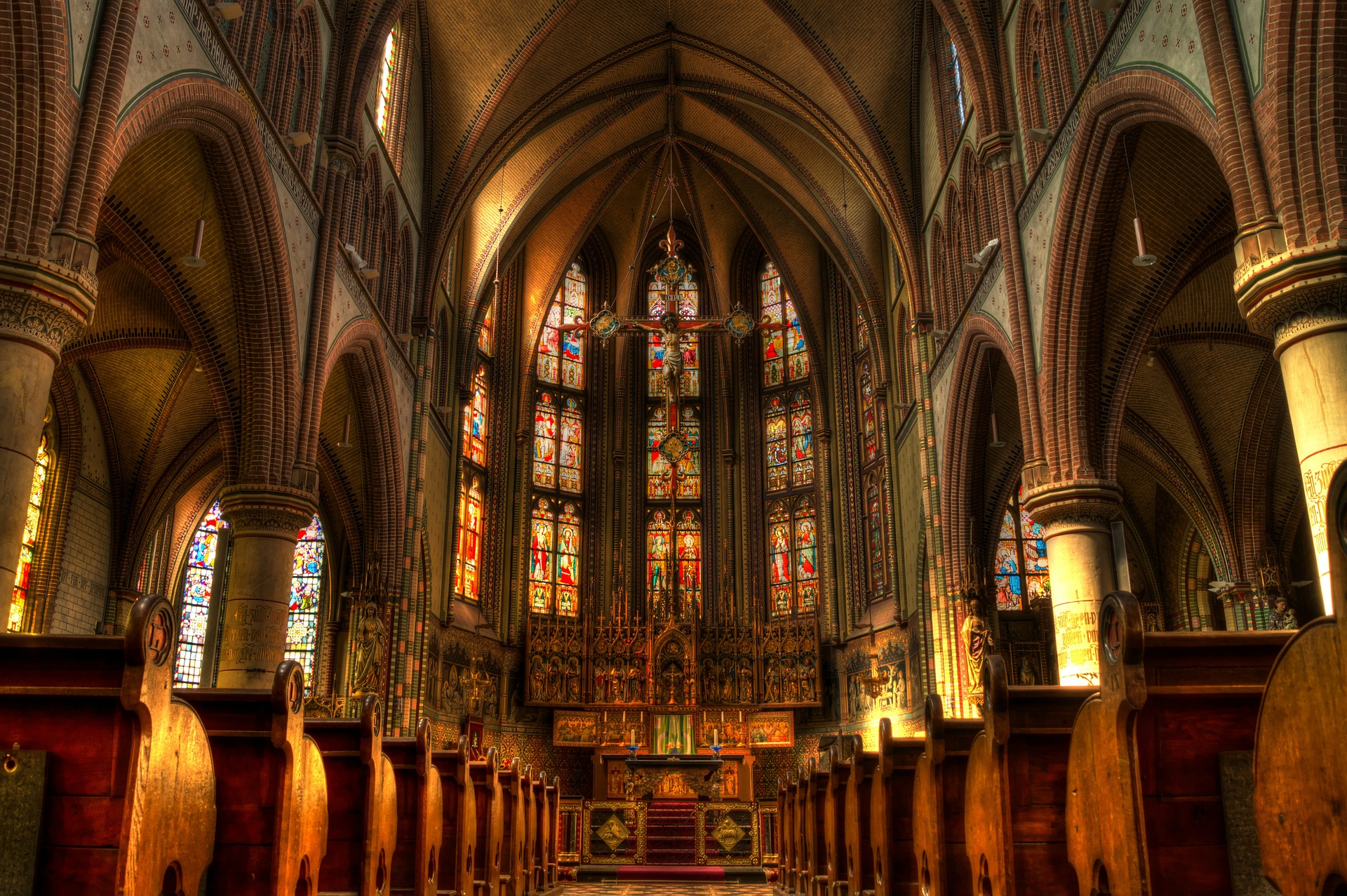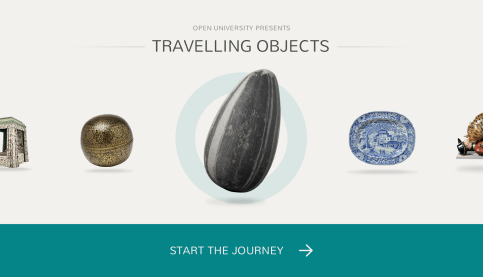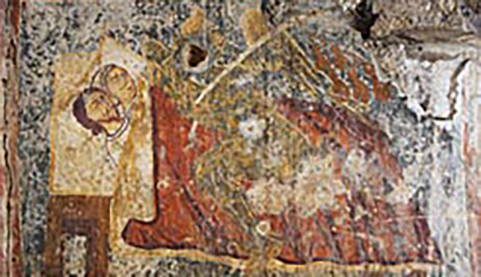Τhe place where ‘bad’ people go after their death, to spend their after-life in eternity, has been one of the main preoccupations of the human mind for millennia. Reflecting many religions and cultures over the plethora of centuries that humanity has persevered, it has multiple names and descriptions. Nevertheless, it has common underlining characteristics: it is a dark, unbearably hot, smelly and eerie place, certainly not a place one would choose to reside forever.
‘Hell was often designated with the classical terms of Hades or, more rarely, Tartarus, and also with the biblical term Gehenna. The netherworld of the Byzantines was located deep beneath the earth and construed as the realm of the Devil and Demons where sinners would be punished after death or after the Last Judgment. The damned underwent different kinds of punishment. The image of Hell was contrasted with that of Paradise and originated from the concept of a reward or punishment in the afterlife for a virtuous or sinful existence on earth.’
This is the first paragraph of the entry for ‘Hell’ in the ever so useful Oxford Dictionary of Byzantium (1991, vol.2, p. 911). This is, in a nutshell, the fundamental concept of Christianity: humans have a choice in this world - they can be either good or bad. Whatever their choice, they will face the consequences of their actions in the after-life. The good people and their good deeds will be rewarded in Paradise, while the bad people and their bad deeds will be cruelly and eternally punished in hell.
The concept of hell as a destination of punishment and a consequence of sin, invites a multidisciplinary examination from various perspectives and relations: the relation of law, morality and theology in defining sin; the relation of body and soul in religious anthropology; the relation of lay and monastic communities; the relation of gender to the assignment of sin; the relation between a given community and the visualisation of sin.
In art history we are very interested in understanding the religious parameters that defined a set community (i.e. within a given time and place and within specific socio-economic circumstances) and their applications. Considering that the threat of sadistic punishments, as depicted in monumental Byzantine (i.e. Christian Orthodox) decoration, in eternity could have been used as a policing measure to ensure social order within a community, studying these representations could reveal a wealth of information about the society that commissioned and paid for them. We are particularly interested in the choice and heftiness of punishments applicable as consequences of professional and social sins mirroring the economic basis of that society and the main targets for keeping order.
One could argue that Christianity, as a religion that does not prohibit images, used representations of Hell as ‘adverse advertising’: Hell acted as a warning for the congregation who left the churches, offered a wagging finger and a final reminder to be good, to live a Christian life in the form of a preview of what was expecting them in the after-life if they ignored the rules of Christian life.
The Leverhulme Trust funded a three-year International Networks project entitled Damned in Hell in the Frescoes of Venetian-dominated Crete (13th-17th centuries), at The Open University, department of Art History (lead investigator: Angeliki Lymberopoulou). The outcome of this research will appear in a two-volume publication by Cambridge University Press: Hell in the Byzantine World: A History of Art and Religion in Venetian Crete and the Eastern Mediterranean (general editor: Angeliki Lymberopoulou, expected date of publication 2020). This volume will be accompanied by a password protected, open access (i.e. free of charge) database. Watch this space!



Rate and Review
Rate this article
Review this article
Log into OpenLearn to leave reviews and join in the conversation.
Article reviews